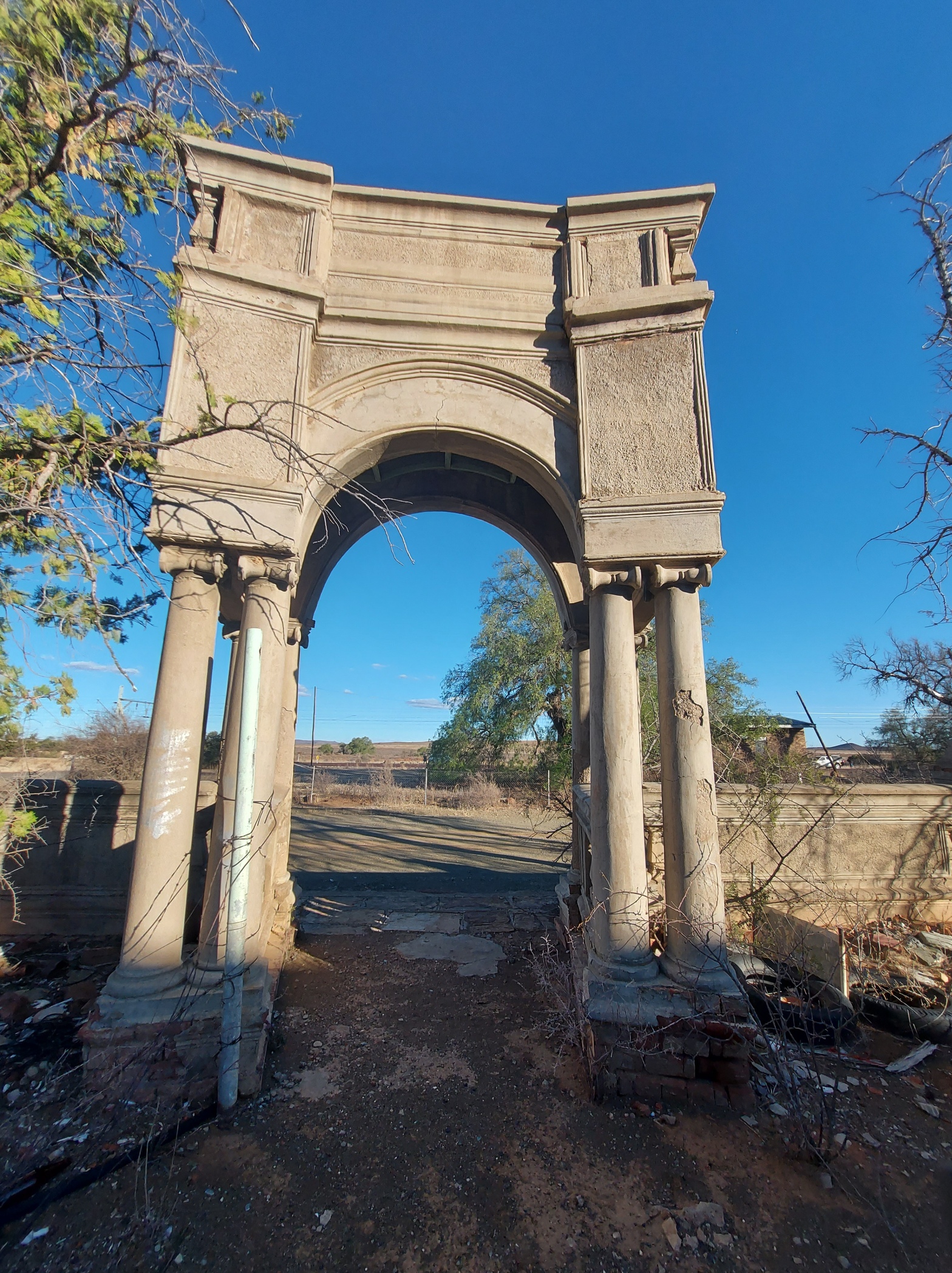It started off with ‘going for a glass of wine on the verandah of the Deelfontein Hotel’.
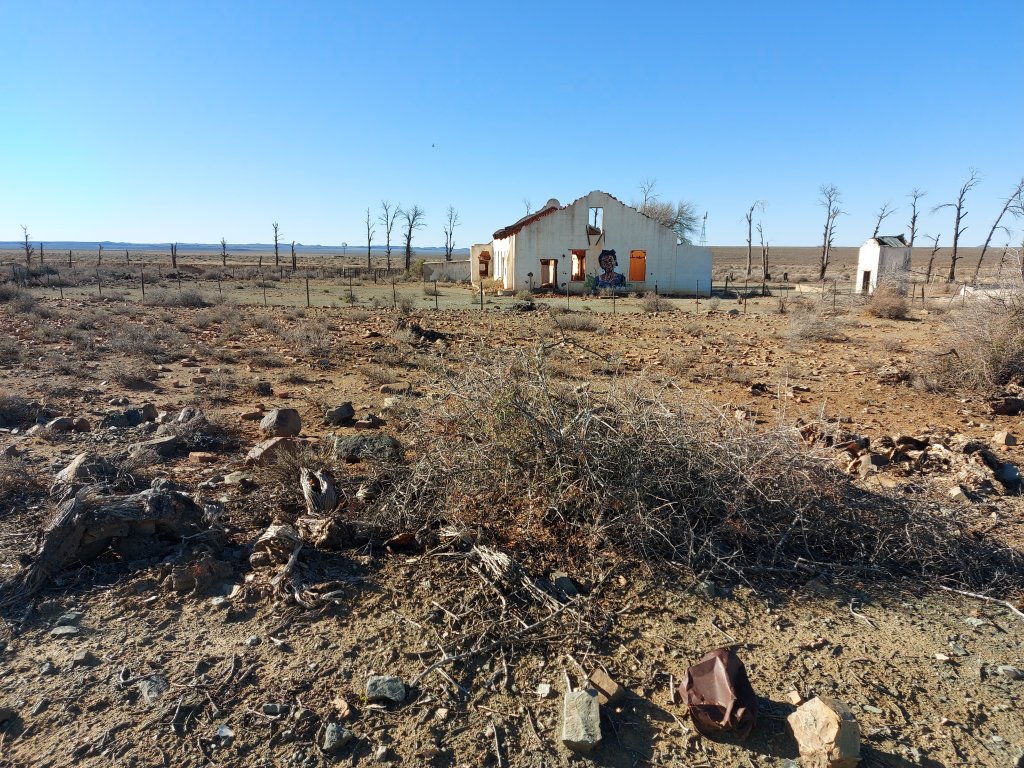
That is clearly what the itinerary said, but not knowing what Deelfontein was, I didn’t understand it, and took it literally.

Elsa van der Merwe and I had been invited to the Boekbedonnerd Book Festival in Richmond, Northern Cape (not the Kwa Zulu-Natal one), to present our newly published book, the Guide to Port St Johns there. We had planned our trip there and back via all the small country roads, avoiding highways, and our trip back, would incorporate ‘the glass of wine’, and the social gathering en route home. The logical thing was to book into the hotel for the night so that we wouldn’t have to pick straws as to who would be the non-drinking designated driver.

Booking.com did not list any accommodation in Deelfontein. Well, not all establishments are listed on the big reservation sites, so I looked for ‘Deelfontein accommodation’. Weird, there was nothing. Surely there would be a farm stay, or something? I looked up Deelfontein, and realized that there is nothing, it is a ghost town. Literally. As in complete with ‘others’.
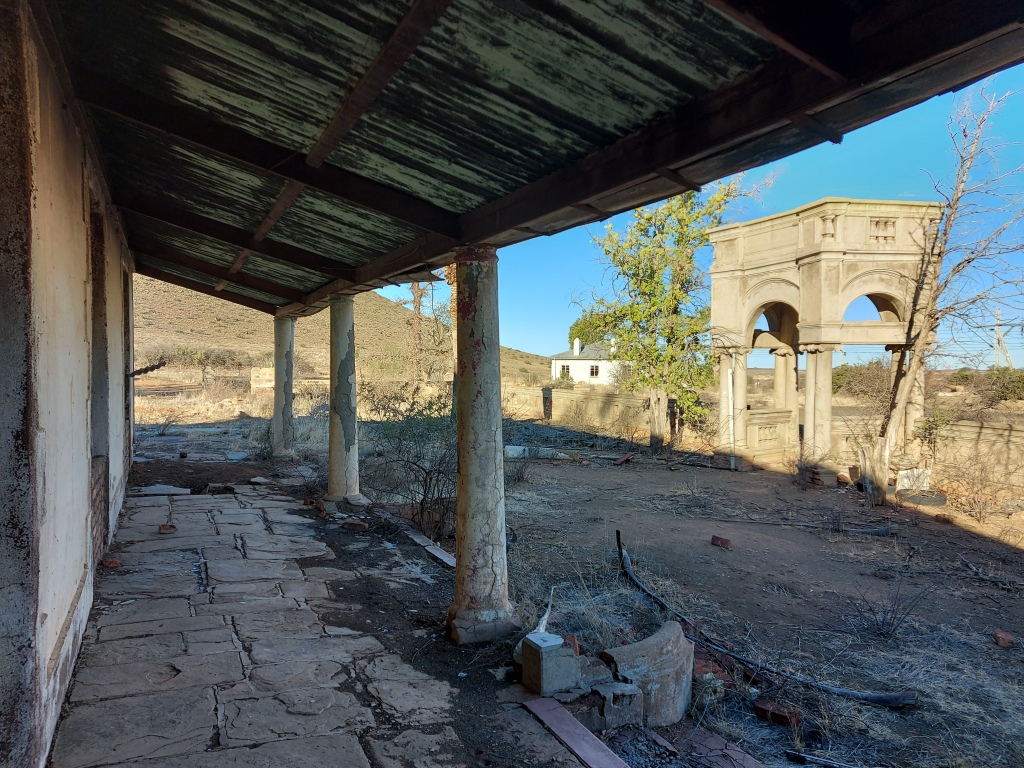
The ‘glass of wine on the hotel verandah’ was a tradition that happened at the end of the Boekbedonnerd Festival, but you brought your own wine, snacks, camp chair, etc. Always up for an adventure, this was just our sort of thing; we’d go easy on the wine, and then afterwards, we’d head for the next town, Colesberg.
Unfortunately all the other would-be wine drinkers bailed, so it was just Elsa and I heading there. Elsa checked with me ‘’Did I really want to go if no one else was going?” Of course! We asked Mrs Google Maps to get us there. Mrs Google Maps when getting the directions to Deelfontein must have been playing broken telephone, because we took a seriously long scenic route. But hey, I don’t do lost, so we enjoyed the Karoo scenery. Flat land. The odd koppie (small flat topped mountain). Sand. Springbokke. Knee high scrub bush. Repeat. Repeat again.
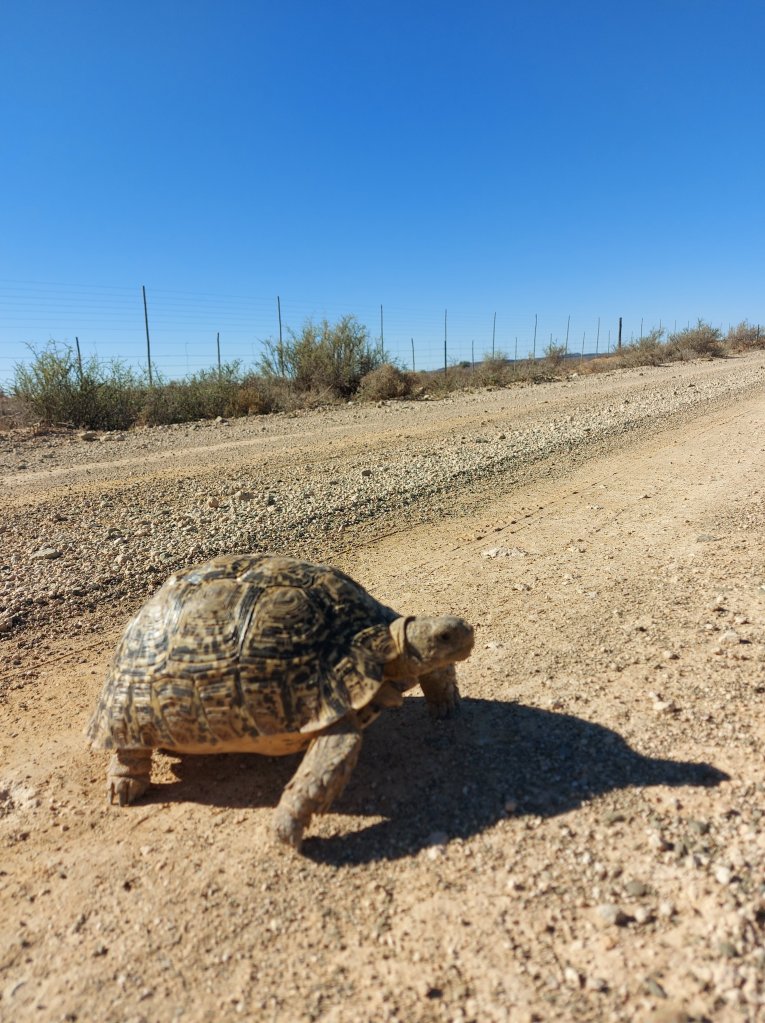
After a few hours, we were still told by Mrs Google Maps that Deelfontein was an hour away. Note, that at the start, Deelfontein was 50 odd kilometres away from Richmond. We really were doing the scenic route. Not to be deterred, or get worried about the amount of unexpected scenery we were seeing in the very late afternoon, we realized that we may be spending the night in the car, and took stock of what we had. Petrol: yes, nearly half a tank. Blankets for the cold night: no, but we could always put on all our clothes. Weapons (it might be the middle of the Karoo, but we were still in SA, and farm murders were common: ticked – pepper sprays and tools. Food: ja – lots of chips and biltong. Water: about a litre, but we had lots of wine, so we should be ok for the night. We drove on, and there, after following the railway line from the Merriman train siding as illustrated in my map book (Mrs Google maps had by now been fired for incompetence), there was a sign at the defunct railway siding announcing we were at Deelfontein. A railway line and some ruined buildings.
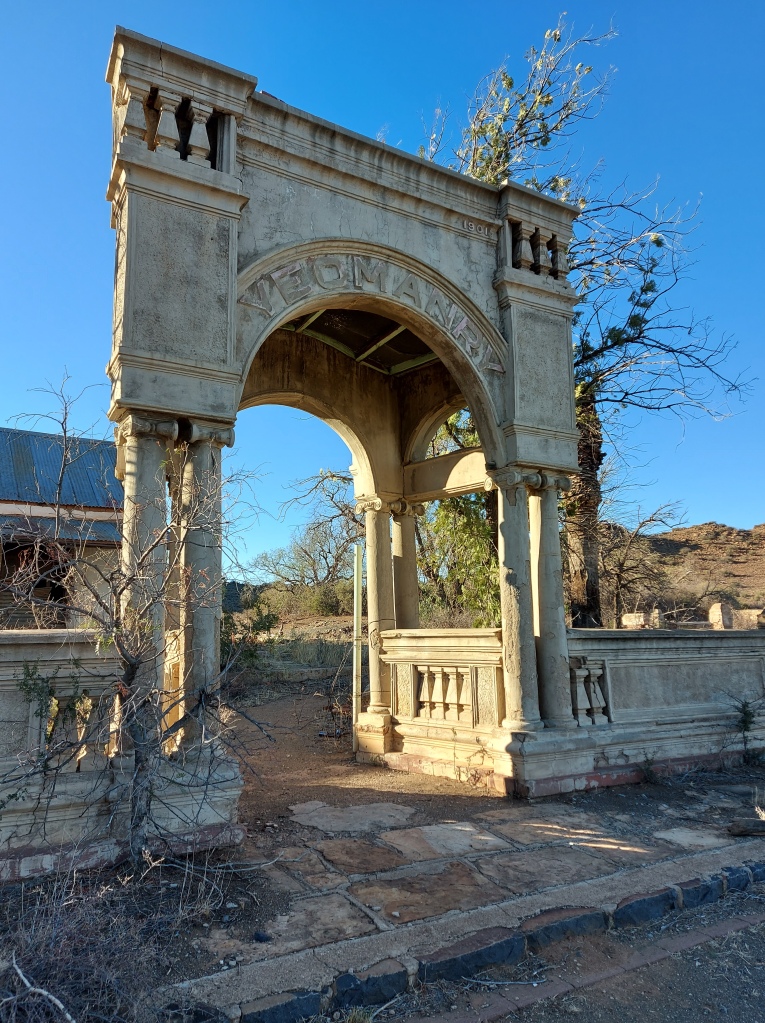
Ruined buildings which had once been beautiful, and which had an amazing history.
During the second Anglo Boer War, it was realized by ‘those at home’, that the British did not have enough medical resources to cope with the British casualties. Two British society ladies, namely Lady Curzon (Later Countess Howe) and Lady Beatrice Chesham, realized that a hospital was needed and started raising funds for it. The funds were mostly raised by women, and the Imperial Yeomanry Hospital was built. ‘Yeomanry’ is often understood to mean something connected to royalty, but it in fact just a contraction of ‘Young Men’.
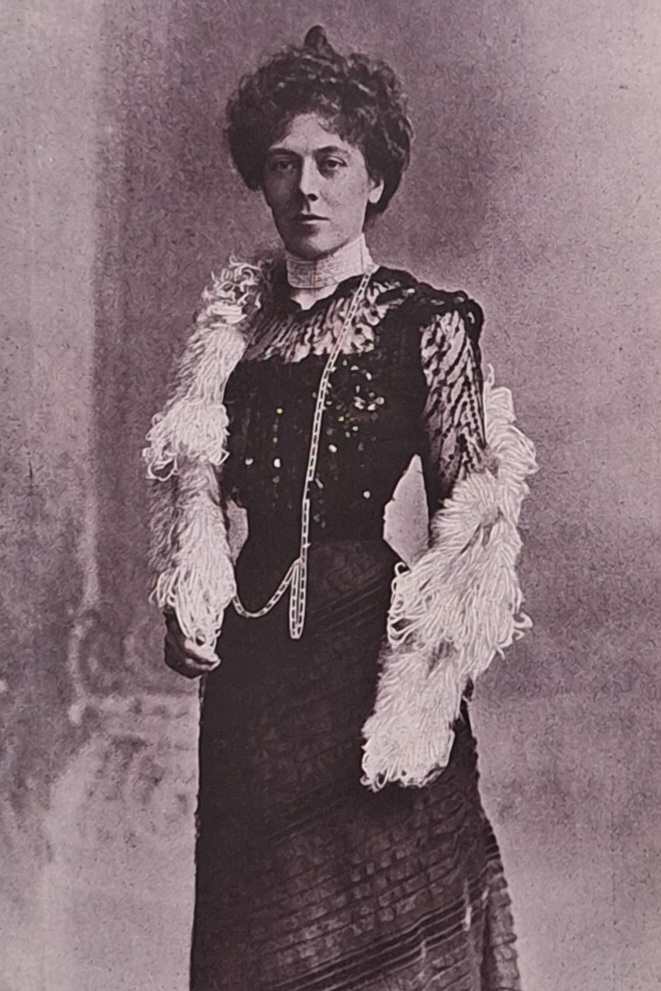

A suitable spot, with a ‘healthy climate’ was looked for, and Deelfontein was chosen by Mr John Gardiner Hamilton, a senior surgeon at Guy’s Hospital in London , together with the Surgeon General, William D Wilson. The Imperial Yeomanry Hospital would be its name. Queen Victoria would be its President.
Having chosen Deelfontein, which consisted of a small station, a postal agency, a large water tank, and not much more, work began on the hospital. Mostly tents were erected, but also some more substantial buildings. A hotel was also built.



Different views of the Imperial Yeomanry Hospital*
The story of the hospital is one of perseverance, patriotism and sheer hard work. For a complete history, read ‘Yeomen of the Karoo’ by Rose Willis, Arnold van Dyk and JC Kay de Villiers.
Aside from treating the injured and sick (enteric fever, also known as typhoid, was responsible for more British deaths than battle wounds), the Imperial Yeomanry Hospital and its staff were pioneers in various medical practices, especially X-rays. Sadly it wasn’t realized then how x-rays could also damage, and the medical officer who contributed vast knowledge to the then little known procedure, Dr John Hall-Edwards, himself suffered severe damage to his hand. His hand is today preserved, and can be seen at the Horse Museum in Richmond, NC.
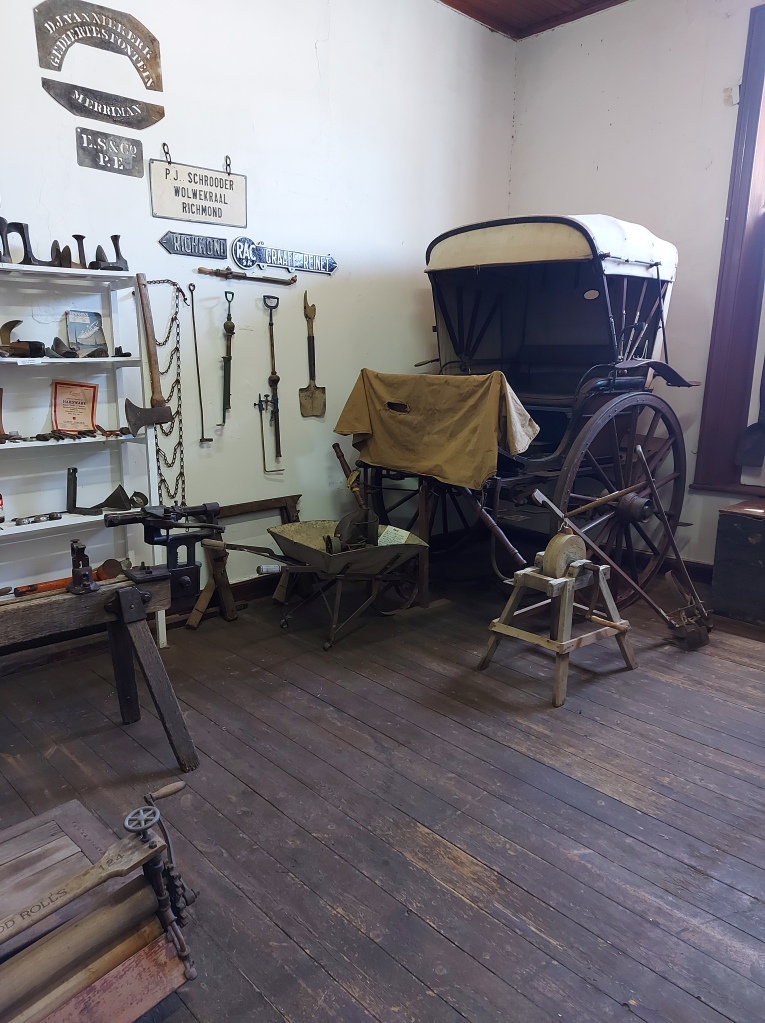
Sir Arthur Thomas Sloggett, the Principal Medical Officer at Deelfontein, also had an interest in the natural world, and collected many previously unknown plant and animal species, and sent them back to Britain where they were studied and classified. One was a vlei rat, which today bears his name: the Sloggett’s Ice Rat.
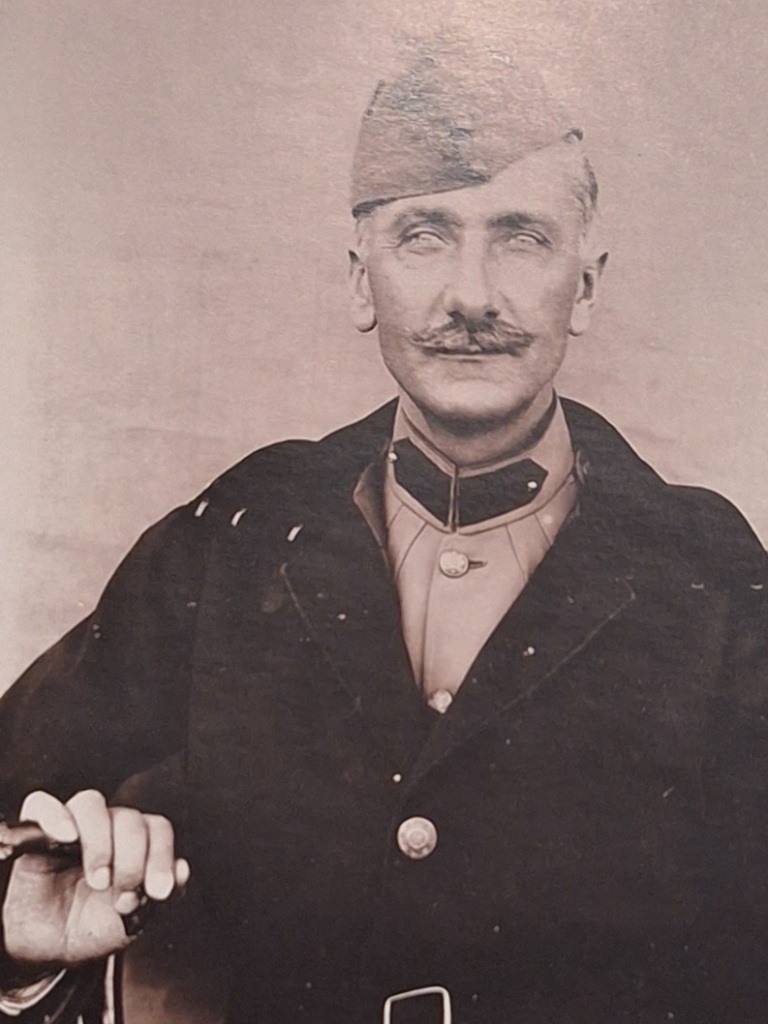
I spent far too little time at Deelfontein, going in and out and around the ruined buildings, marveling at what had been, and saddened that it is just a ruin now.

It’s definitely not a mainstream tourist destination, but if the strange and wonderful makes you happy, not to mention strange noises coming from empty rooms, Deelfontein should be on your go to list.
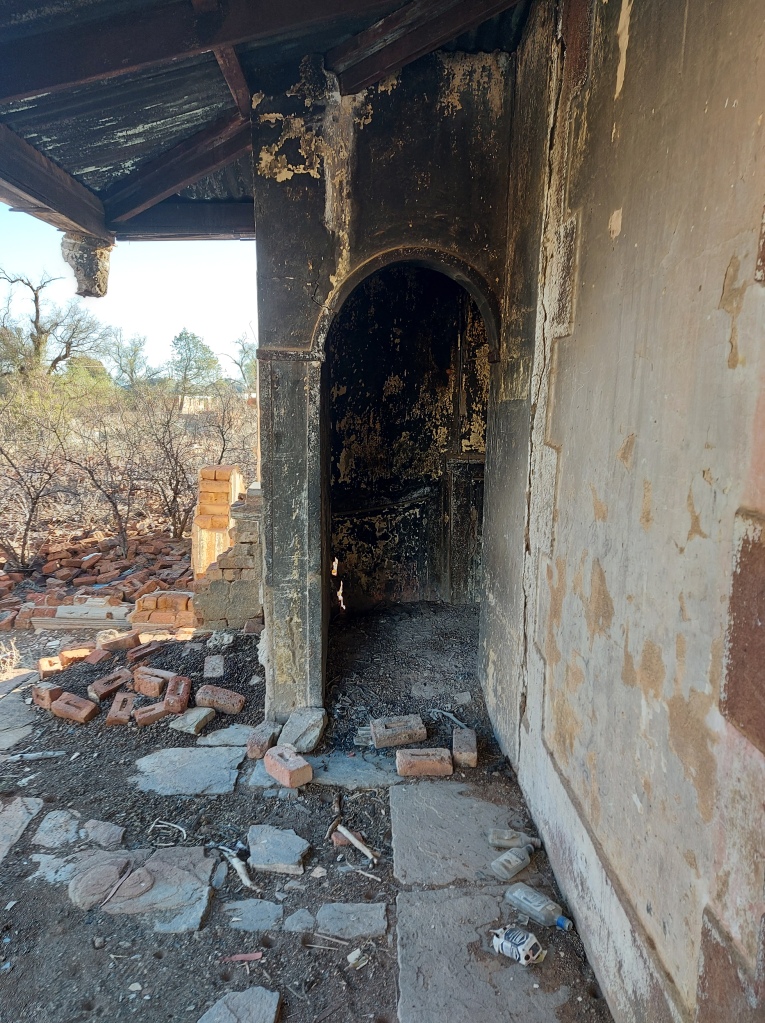
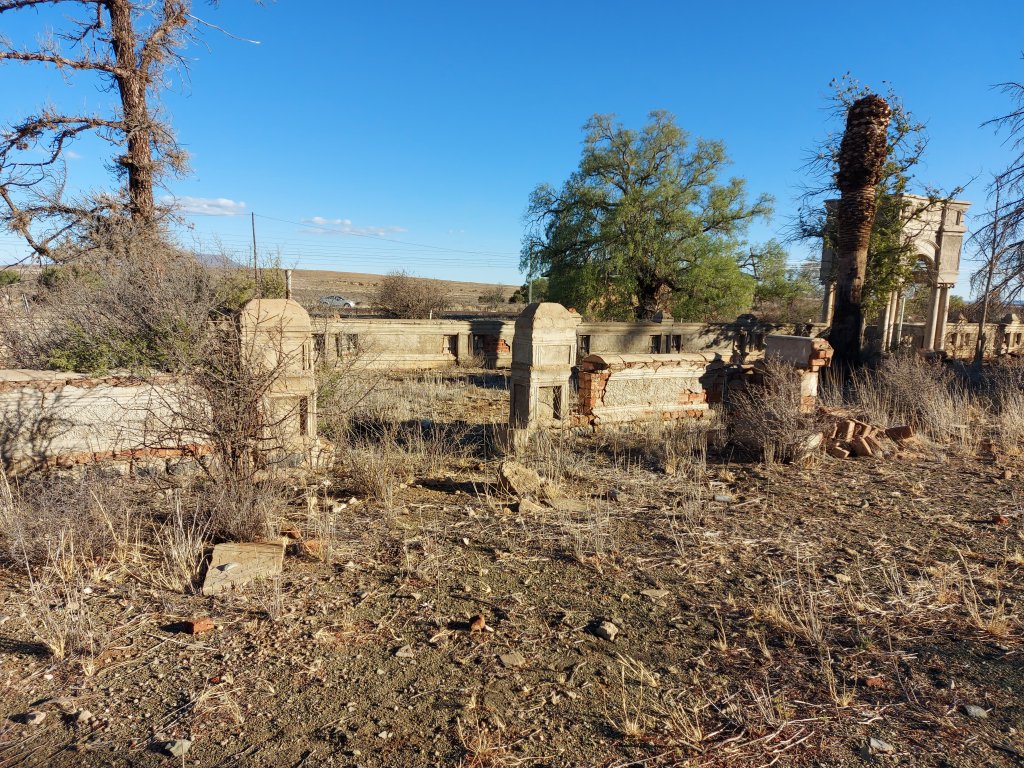

Deelfontein: a sad collection of abandoned ruins.
Late it was, so we left, in what we thought was a good direction. A farmer waved us down. No, he didn’t recommend our chosen route, and he very kindly showed us the way – the easy, quick route back to Richmond, where we joined the N1 and headed for Colesberg, where we found fascinating things too.


Photos marked with an asterisk (*) are courtesy of ‘Yeoman of the Karoo – The story of the Imperial Yeomanry Hospital at Deelfontein’ by Willis, van Dyk and de Villiers.
